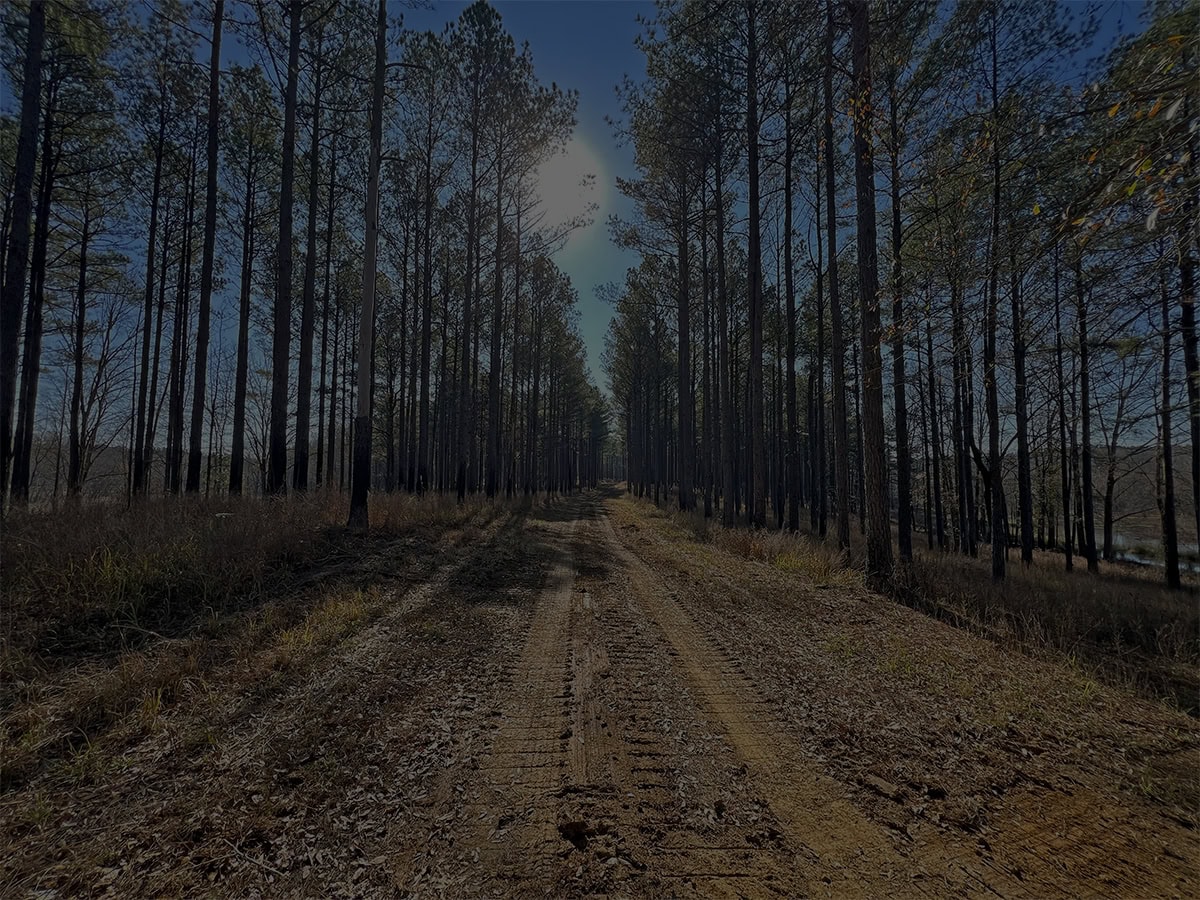
MISSISSIPPI DEER FOOD PLOTS THAT THRIVE THROUGH SUMMER
Brad Farris | Land Agent
VIDEO SUMMARY
When it comes to Mississippi deer food plots, few things are more rewarding than seeing a field perform all summer long — even through the heat and dry spells of late August. Earlier this year, I filmed a video in this same field when the crop was just getting started. Now, standing here on September 26th, it’s incredible to see how well it has held up and how much it’s produced for deer and wildlife on our farm.
This 12-acre field has stayed lush and green through some of the toughest Southern conditions, continuing to provide high-quality deer forage when many other food sources dried up. That kind of performance matters — especially in Mississippi, where consistent nutrition plays a big role in herd health and antler growth.
Late-Summer Land Management in Mississippi
Keeping deer fed through the late-summer months is one of the biggest challenges in Southern land management. This year, I decided to try something different: I’m clipping only half the field and leaving the rest standing until frost. That approach allows deer to keep using it deep into the fall before acorns start dropping.
Even after a long, hot summer, this food plot is full of trails and browse signs. A few nights ago, my son-in-law Sam used a thermal scope and counted 21 deer feeding in just four or five acres. That kind of deer activity proves how important late-season food sources are — and how well this planting strategy works.
Why Smart Food Plots Matter for Mississippi Deer
Over the years, I’ve experimented with a lot of different plantings — from soybeans to blends designed for the Deep South. At one point, I planted 100 acres of soybeans, but the deer wiped them out within a few weeks. This 12-acre food plot, though, has delivered better results with less acreage.
It’s a perfect example of how smart planting, soil management, and crop rotation can make a huge impact. Healthy food plots not only support deer herds but also improve overall wildlife habitat — benefiting turkeys, songbirds, and other species across your property.
If you’re managing hunting land in Mississippi, investing time in your food plots is one of the most effective ways to enhance both wildlife health and land value.
SWAPA Land: Your Bridge to Mississippi Land Stewardship
At SWAPA Land, we’re more than real estate professionals — we’re land stewards. Our mission is to help landowners make the most of their property through conservation practices, wildlife management, and smart habitat planning.
Whether you’re looking to:
Improve your deer food plots in Mississippi
Enroll your land in conservation or stewardship programs
Or find hunting land for sale in Mississippi
—We’re here to help you every step of the way.
📞 Contact SWAPA Land today to learn more about how to manage and maximize your property.
FULL TRANSCRIPT
Click To Expand Full Transcript
[00:00:00:00 - 00:00:27:01] Brad Farris
Hello, everybody. Hey, Brad Farris here with Swapa Land. I did a video in this same field—I think it was back in June, maybe early July—but here we are, September 26th, and I'm having to come in here and clip this. I just wanted to show you the deer pressure and how tall and how good it did. To have this kind of food, especially late in the summer in the South when it's so hot and dry in August, September, and going into October, is really something.
[00:00:27:03 - 00:00:47:02] Brad Farris
Now I'm only going to clip half of this field now and plant, and then I'm going to double crop part of it. But I'm going to leave the whole south and west corner—probably about four acres—in this same stuff until the frost gets it. I'm going to go through here and just take a look at how the deer have used it, how tall it’s gotten, and how good it has been on our farm this summer.
[00:00:47:02 - 00:01:00:05] Brad Farris
It really is amazing stuff—to be able to have this kind of food. I planted 100 acres of soybeans one time and didn’t get anywhere near this kind of production or amount of deer food because they just destroyed it in the first three or four weeks.
[00:01:00:07 - 00:01:20:10] Brad Farris
But this is about 12 acres right here, and I just couldn’t be any happier with how well it’s going and how much food it’s provided for all the critters on the farm this year. I’ll take a few more pictures and show you the trails—just where they’ve been living in this stuff. Two nights ago, my son-in-law Sam got a thermal and looked out across this field.
[00:01:20:12 - 00:01:34:25] Brad Farris
You could only see half the field, and there were 21 deer in about maybe a four- or five-acre block. That just goes to show they are really utilizing it this time of year, coming into October from the dry spell. It’s giving them great food until the acorns start hitting the ground.
RELATED VIDEOS
ROAD MANAGEMENT: Enhancing Soil Health and Wildlife Habitats
CHIPPER GIBBES | PRINCIPAL BROKER
MS, LA, AL
CONTROLLED BURN: Early Success at one of Brad Farris’ Burn Sites
INVASIVE PLANTS: Protect Native Wildlife and Enhance Your Habitat
CHIPPER GIBBES | PRINCIPAL BROKER
MS, LA, AL